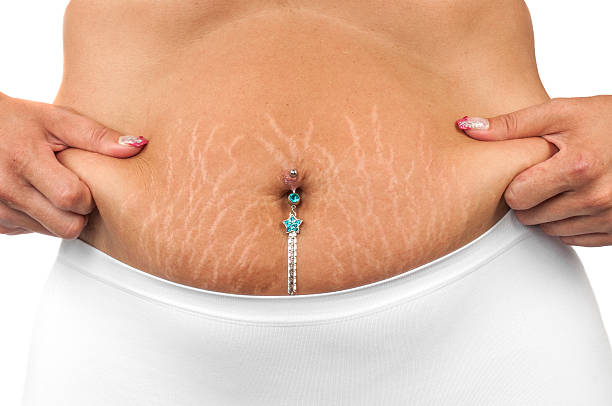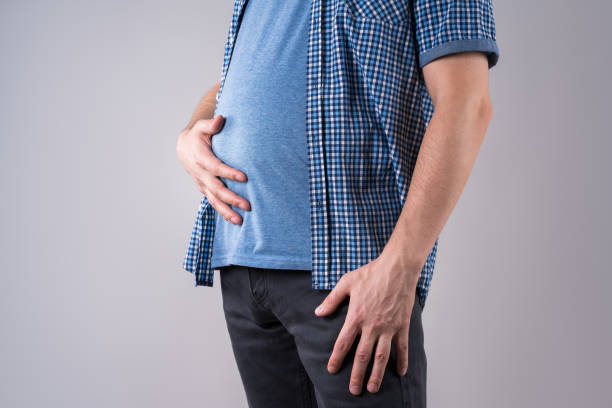Cramping after ovulation is a common occurrence that can be caused by various reasons. Ovulation is the process where an egg is released from the ovary and travels down the fallopian tube, where it can be fertilized by sperm. After ovulation, some women may experience cramping or abdominal pain, which can be mild to severe in nature. In this article, we will discuss the symptoms of cramping after ovulation and the various treatment options available to alleviate the discomfort.
Symptoms of Cramping after Ovulation
Mild to moderate abdominal pain: The most common symptom of cramping after ovulation is a mild to moderate pain in the lower abdomen. The pain may be felt on one side or both sides, and it can range from a dull ache to a sharp pain.
Bloating and swelling: Many women also experience bloating and swelling in the abdominal area after ovulation. This can be caused by the increased production of hormones, such as progesterone, which can cause the uterus to expand.
Nausea: Nausea is another common symptom of cramping after ovulation. This may be due to the release of hormones such as LH, which can cause an increase in the production of digestive acids.
Low back pain: Low back pain is also a common symptom of cramping after ovulation. This may be due to the expansion of the uterus, which can put pressure on the lower back.
Spotting: Some women may experience spotting or light bleeding after ovulation. This is usually not a cause for concern, but if the spotting is heavy or accompanied by other symptoms, such as fever or severe pain, it may be a sign of a more serious condition.
Treatment for Cramping after Ovulation
Over-the-counter pain medication: Over-the-counter pain medication, such as ibuprofen or acetaminophen, can be effective in relieving cramping after ovulation. These medications work by reducing the production of prostaglandins, which are responsible for causing cramping.
Heat therapy: Applying heat to the affected area, such as a hot water bottle or a heating pad, can also provide relief from cramping after ovulation. Heat therapy works by relaxing the muscles and reducing the production of prostaglandins.
Exercise: Regular exercise can help to reduce cramping after ovulation. Exercise can help to increase blood flow to the uterus and improve muscle tone, which can reduce the risk of cramping.
Diet: A diet that is high in fiber and low in fat can help to reduce cramping after ovulation. Eating a balanced diet that includes plenty of fruits, vegetables, and whole grains can help to regulate hormone levels and reduce the risk of cramping.
Avoid triggers: Some women may experience cramping after ovulation as a result of specific triggers, such as stress or certain foods. Avoiding these triggers can help to reduce the risk of cramping.
Hormonal birth control: Hormonal birth control, such as the pill or an intrauterine device (IUD), can help to regulate hormone levels and reduce the risk of cramping after ovulation.
In conclusion, cramping after ovulation is a common occurrence that can be caused by various reasons. The symptoms of cramping after ovulation include mild to moderate abdominal pain, bloating and swelling, nausea, low back pain, and spotting. Treatment options include over-the-counter pain medication, heat therapy, exercise, diet, avoiding triggers, and hormonal birth control. If you experience severe or persistent cramping after ovulation.

 Home
Home Health
Health Diet & Nutrition
Diet & Nutrition Living Well
Living Well More
More












